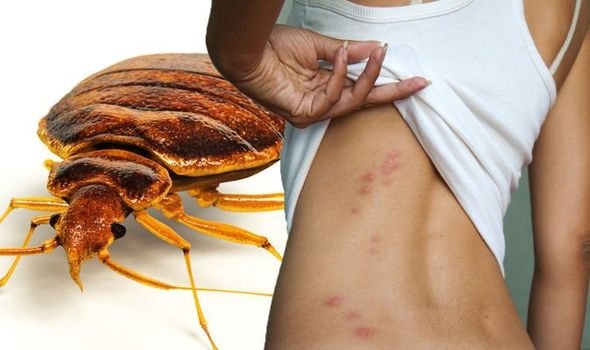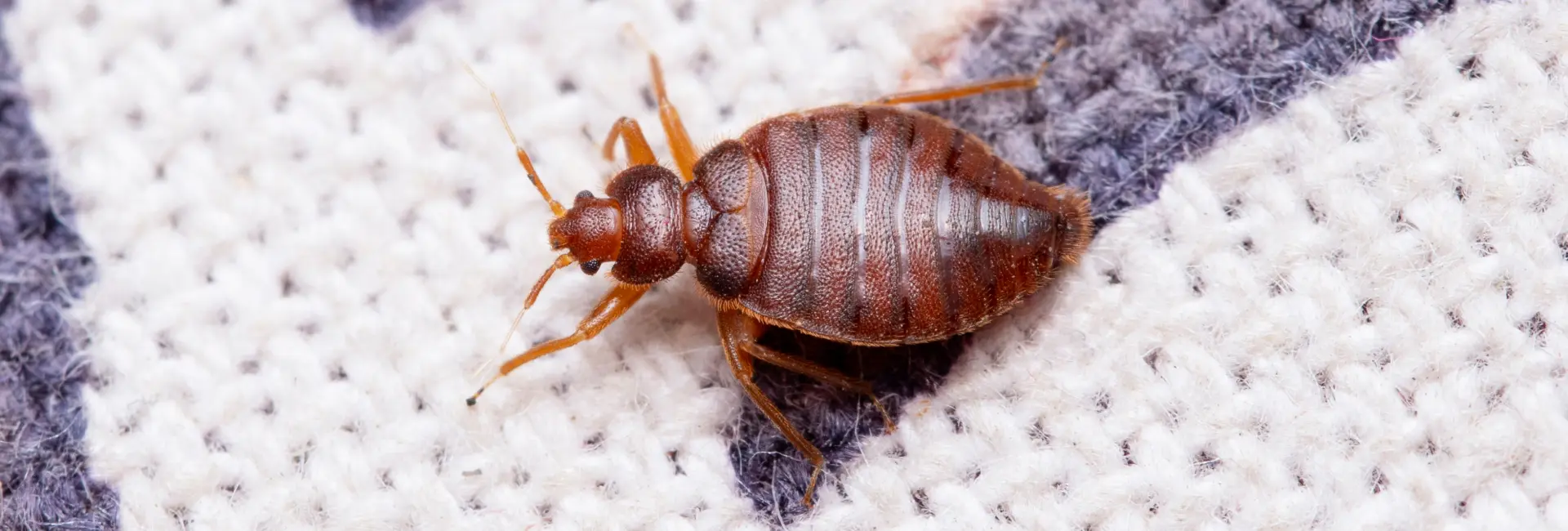Necessary Pest Control Techniques for Reliable Bed Insect Treatment in your house
The renewal of bed insects in property settings has actually prompted a demand for reliable bug control techniques that not only deal with existing problems yet also prevent future events. The ins and outs of these strategies might elevate questions about the most effective approaches and when specialist intervention may be required.
Comprehending Bed Insect Habits
(Bed Bug Heat Treatment)A considerable portion of efficient bug control hinges on a thorough understanding of bed bug behavior. Bed pests, clinically recognized as Cimex lectularius, are nighttime bugs that largely feed on human blood.
Bed insects are drawn in to carbon dioxide and temperature, which lead them to prospective hosts. They normally feed for about 5 to ten minutes before pulling away to their harborage websites. Understanding their feeding practices is critical, as it underscores the relevance of routine assessments in locations where people rest or remainder, such as bed mattress, bed structures, and neighboring furniture.
In addition, bed insects have an impressive ability to reproduce rapidly, injuring to 5 eggs daily. Their lifecycle-- from egg to fairy to grown-up-- can happen in as little as a month under optimal conditions. Bed bug Exterminator. Recognition of this rapid lifecycle is necessary for executing timely and effective pest control techniques, making certain that infestations do not escalate better
Very Early Detection Strategies
Effective bug control starts with early detection techniques that can determine bed bug invasions prior to they become severe. Identifying the signs of bed insects early on is essential in stopping prevalent infestation.

One more efficient strategy is keeping an eye on for bites. While private responses vary, inexplicable attacks on revealed skin, particularly after an evening's rest, can signal the existence of bed bugs. Keeping documents of any unusual searchings for can assist insect control specialists in figuring out the level of the invasion.
Incorporating these early detection strategies into normal home maintenance regimens can substantially reduce the opportunities of a serious bed bug invasion, permitting prompt intervention and effective monitoring.
Effective Elimination Techniques
Removing bed pests needs a complex technique that combines chemical treatments, warmth applications, and physical removal approaches. Chemical therapies commonly entail the usage of insecticides specifically designed to target bed bugs.
Warmth therapy is one more highly efficient method, employing temperatures over 120 ° F to eradicate bed insects in all life phases. This method can be related to affected locations, such as bed mattress and furnishings, or with whole-room heating unit. It is crucial to keep an eye on the temperature level to make sure that it remains constant throughout the therapy area.
Physical elimination strategies include complete vacuuming of plagued areas, which helps to get rid of bed insects and their eggs. By integrating these approaches, homeowners can achieve a thorough method to bed pest removal, ensuring a pest-free environment.
Precautionary Procedures for Residence
Applying safety nets is vital for home owners seeking to minimize the danger of bed pest problems. Regular inspections of your home, especially in areas like bed rooms, living areas, and luggage storage spaces, can assist determine early indicators of bed bugs. Pay close interest to joints of bed mattress, box springtimes, and furnishings joints.
When traveling, check resort rooms extensively before settling in (Bed bug Exterminator). Make use of protective coverings for bed mattress and box springtimes, which can hinder bed pests from nesting. In addition, clean and completely dry bed linen and clothes over warmth frequently, as extreme temperatures can eliminate bed pests and their eggs
Lessening mess in your home is another effective approach, as it minimizes possible concealing spots for these parasites. Be careful when bringing second-hand furnishings or garments right into your home; always evaluate these items meticulously.
In addition, sealing splits and crevices in wall surfaces, floors, and furniture can restrict the motion of bed bugs. Employing an aggressive technique to sanitation and alertness can substantially Get More Information decrease the probability of a bed pest invasion, making sure an extra comfortable and pest-free living atmosphere.
When to Look For Professional Help
Acknowledging the indications of a bed pest infestation is vital for identifying when to look for specialist help. Typical indicators include attacks on the skin, generally showing up as tiny, red welts, as well as the existence of dark fecal places or shed exoskeletons on bed linen and furnishings. If these signs are apparent, timely action is important to avoid the invasion from worsening.
Property owners must take into consideration specialist aid if the infestation prevails or relentless in spite of preliminary DIY efforts. Bed insects are notoriously durable and can swiftly replicate, making detailed eradication challenging without specialized tools and experience. Additionally, if the infestation has spread to multiple areas or is influencing personal valuables, an expert insect control solution can offer detailed treatment choices.
Additionally, individuals with allergies, asthma, or other health issues must prioritize expert aid, as bed insect bites can intensify these conditions. Inevitably, looking for expert intervention can conserve time, lower tension, and make sure reliable elimination of bed bugs, recovering convenience and security in your home. When unsure, it is constantly better to speak with a professional instead of run the risk of additional issues from an unresolved invasion.
Conclusion
